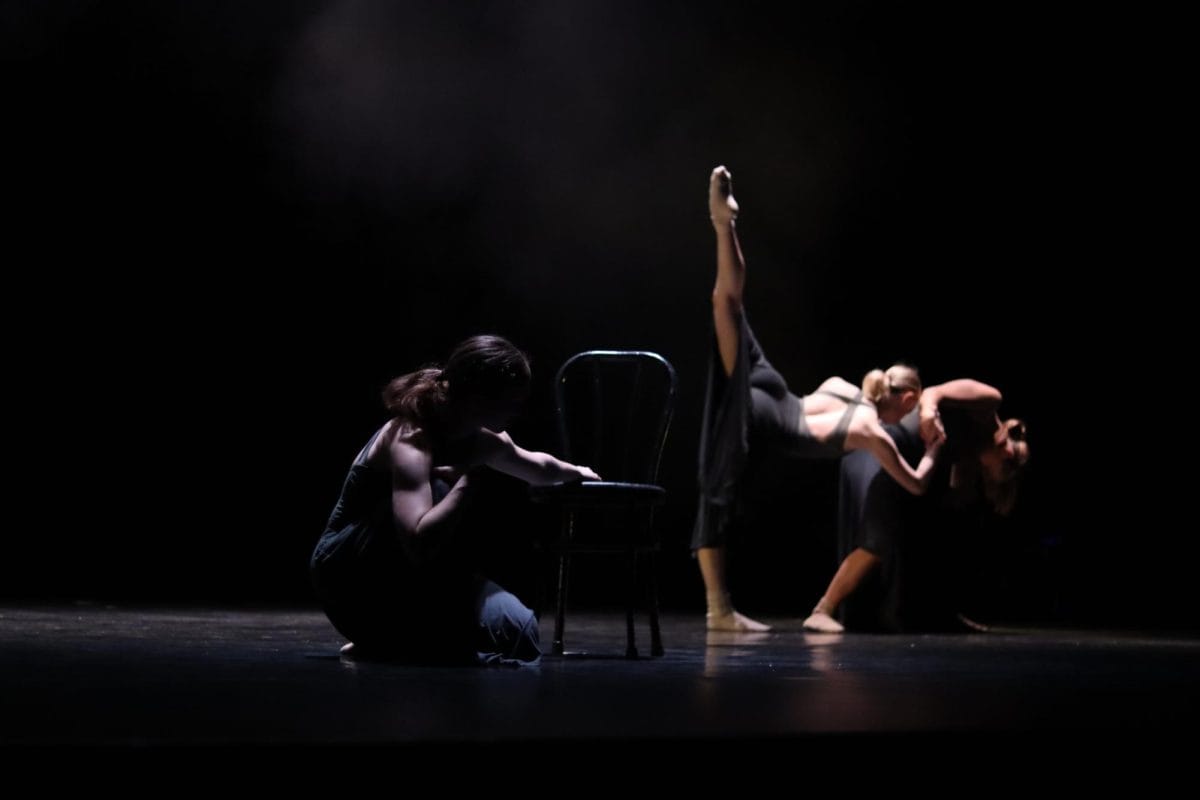Most University of Alabama students, except engineering majors, are required to take at least three hours of fine arts courses to receive their degree. Courses with a fine arts designation tend to be a bit outside of the ordinary and let UA students explore their artistic side, discover culture around campus or find out what “aesthetic” really is. Some of the lesser-known selections available to students are as follows:
Aesthetics (PHL 217)
What it is: An introduction to the philosophy of art, how it’s experienced, what it is and how it should be interpreted. An informed critical understanding is formed through exposure to the arts and its history.
What it’s like: “We all listen to music, watch movies and videos, go to plays and dance performances, read poems and visit art museums. And many of us make music, dance, film, draw and paint. But, only occasionally do we think about what we are doing when we do these things.” – Professor Richard A. Richards
“It opened my eyes as to how to view the arts — how to ‘see’ and not just ‘look at’ art. It was a little more thought-based than hands-on work.” – Freshman Megan White
Reboot/Remix (ART 251)
What it is: An examination of contemporary art through its relationship to three familiar popular culture phenomena: gaming and simulated environments, popular music and graphic novels and comics.
What it’s like: “Popular culture has had an enormous influence on contemporary art, especially over the past few decades. My idea is that people know far more about art than they realize, if they approach it from a different point of view.” – Professor Sarah Marshall
“We started from talking about classic art and contemporary art and then talked about comics, video games and music and how that’s art. The course was really engaging.” – Junior Lakeshia Doctor
Creativity (NEW 212)
What it is: A seminar exploring human culture and consciousness through reading, writing, the arts, projects, studios and discussion.
What it’s like: “Many of the NEW 212 Creativity sections offer hands-on, arts-related experiences that are not possible in large lecture courses. Because of its smaller size, NEW 212 is taught as a discussion and activity based seminar.” – Professor Jennifer L. Caputo
“You really get close to the people in your class and you learn how to define creativity and understand how creative people think.” – Junior Mary Helen Tomlinson
Arts of Tuscaloosa (UH 210 003-009)
What it is: An exploration of the architecture, painting, sculpture, music, theater, dance and literature of the University and its community. Students attend both lectures and local exhibitions of the arts.
What’s it like: “In the course, I’ve had the opportunity to see productions that the University puts on that I otherwise would have missed. Going to the arts events for the class is a great way to discover the culture of Tuscaloosa.” – Freshman Kelsey Higbee
Intro to the Theatre (TH 114)
What it is: A course teaching production techniques, the history of western theater and the viewing and reading of theater to produce a student capable of critically assessing the theatrical experience.
What it’s like: “By focusing on the elements of theater, by reading scripts, by attending shows and reviewing them, by discussing textbook readings and current viewings of movies and TV shows, we hope that the student at the end of the semester will be better able to identify what they’ve seen and how they were used to create meanings that may extend beyond the classroom and screen [or on] stage.”– Professor Steven D. Burch






